Overweight pets: Dangers of overfeeding cats and dogs
MORE than 40 per cent of dogs and almost one-in-three cats are overweight, which is shortening their lifespans and causing complications that can lead to death and serious disease. “Killing our pets with kindness” has to stop, experts say.
Lifestyle
Don't miss out on the headlines from Lifestyle. Followed categories will be added to My News.
FOR most pet owners the easiest way to vanquish the guilt of being away for the day is to offer a little more love and a lot more food. It’s also a quick bandaid when our four-legged friends fall ill.
In most households treats are an easy and affordable way of showing affection.
But the seemingly innocuous scraps or extra goodies are doing more damage than most pet owners realise. More than 40 per cent of dogs and almost one-in-three cats are overweight, research from Petbarn shows.
Veterinary company Greencross’s chief veterinarian Dr Rachel Chay says Australians are failing to realise the extra kilos are not only shortening lifespans but causing complications that can lead to death and serious disease. She calls it a case of killing our pets with kindness.
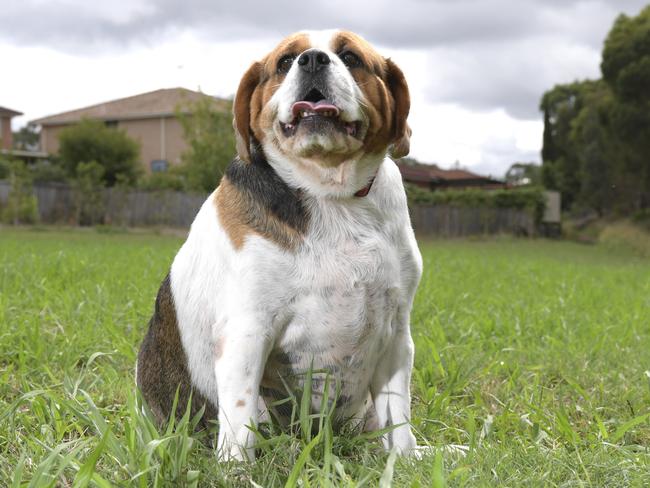
Dr Chay is a part of the Petbarn Biggest Loser Challenge which boasts 12 week weight loss programs to get pets in shape and improve their overall health. The initiative was made in collaboration with celebrity health and fitness trainer Sam Wood.
“Some of the fattest pets I’ve met are the most adored animals on the planet,” Dr Chay tells BW Magazine.
She’s quick to dispel the myth that obesity is only a concern for dogs or cats, and says overfeeding is dangerous for all kinds of pets.
Dr Chay suggests owners need to speak to their vet and formulate diet plans for their obese pets — whatever breed they are.
“Obesity is not only confined to dogs and cats. Any species of pet — rabbits, guinea pigs, birds, rats — who is completely dependent on its owners for food can over indulge,” she says.
“It is always best to check in with your veterinarian about your pet’s weight and (they can) formulate a diet that is both complete and balanced and will help them achieve a healthy body weight.”
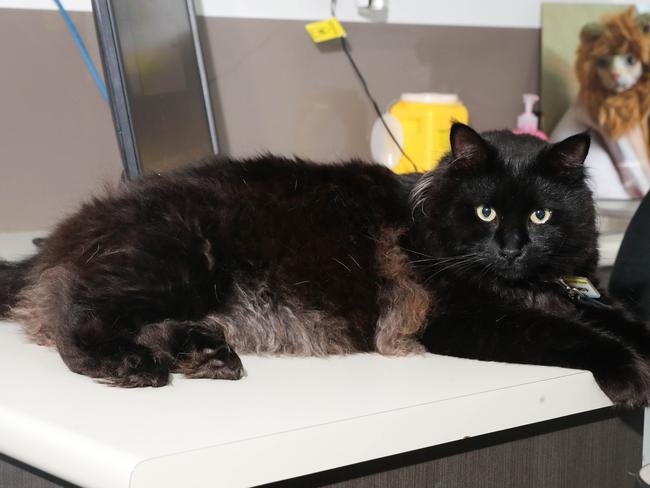
The advice is supported by pet nutritionist and former vet nurse Annabelle Selleck. In her view, pet owners are misinformed from the very beginning.
“Vets in their five years of uni are often taught very little about canine or feline nutrition. Generally, that information comes from pet food companies,” she says.
“The pet food industry is massive and pet parents are often given misadvise from the start about what constitutes a healthy diet.”
Selleck adds that financial constraints can also be a barrier for families when trying to give their pets premium food.
The other issue in her experience is owners sticking to one or two forms of exercise which offer very little stimulation for animals.
“Play time is really important. When pet owners are home they should try to engage cats in games with climbing or chasing as much as possible and not just take them for a walk,” she says.
When it comes to dogs, she recommends engaging them in ball games, fetching and taking them off a leash so they can run freely.
“I do worry about pets being left home for 14 to 15 hours and then they get a quick 15 minute walk in the evening, it’s really not enough,” she says.
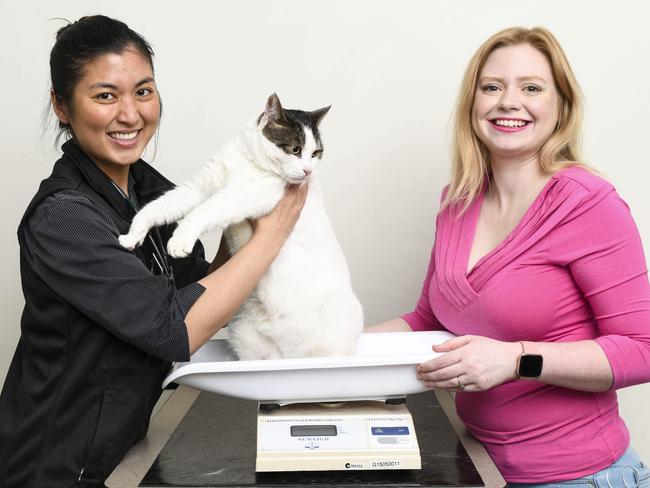
Selleck encourages pet owners to consider engaging a dog walker if they can afford to do so. Aaron Chillingworth is the national marketing manager for pet brand Masterpet which specialises in premium pet food Black Hawk. Chillingworth has heard plenty of complaints about owners not having the time to exercise their pets. He acknowledges they are valid but offers the following solution: making pet health and exercise incidental to your own.
“Take them along on your morning coffee run or as you pick the kids up from school,” he says.
Chillingworth is also a champion for the real food movement — a focus on giving pets high-quality nutritional meals. He encourages families to get familiar with nutrition jargon when scanning food labels for ingredients.
The key in his view is to be wary of ingredients that you don’t understand and to always first on the list is real meat.
“Research shows that 17 per cent of owners can’t acknowledge that their dog is overweight,” he says.
An extension of this denial is that many fail to recognise the long-term health impacts of being overweight such as heart disease, joint health and mental health. But Chillingworth says pet owners don’t have to go it alone — technology can help in a huge way.
He launched dogcheck.com.au as the first step to help pet owners get educated. The website allows owners to put in their dog’s name, age, weight and sex to create an individual health assessment which puts your pet on a scale that ranges from underweight to obese. In his experience more than two-thirds of the owners using his tool have overweight dogs.
“This is a frightening number but shouldn’t be a big surprise to us as it correlates with human obesity levels in Australia,” he says.
“We should be feeding them the best natural food we can, full of real meats and vegetables.”
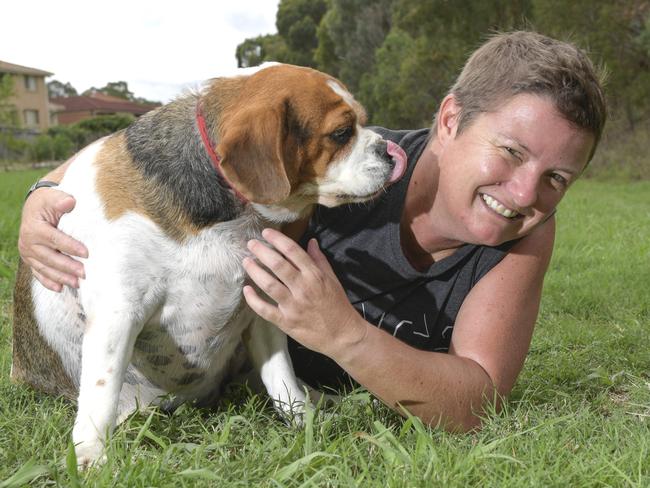
Celebrity chef Pete Evans agrees with Chillingworth’s approach. Evans has recently launched Healthy Everyday Pets, a pet food range for dogs and cats. The meals he has created are ultra low in sugar and carbs and have a high dose of protein.
And there are additional tools available too. Take the example of American company Tailio which created health monitors that document weight, waste and behaviour.
The device gets placed under your cat’s litter box and comes with an accompanying app that sends you alerts based on the data it collects. The tool works for multiple cats too as it can pick the subtle differences between them to separate the data accordingly.
Ultimately, Chillingworth says pet owners need to stay disciplined and ignore the urge to indulge if they healthy pets.
“When they have finished their bowl of food it is just too easy for us to give in and put more in,” he says.
JESSIE & THOR
CAT-owner Jessie Robinson, a student from Ryde, had to think outside the box when she noticed her cat Thor’s increasing weight.
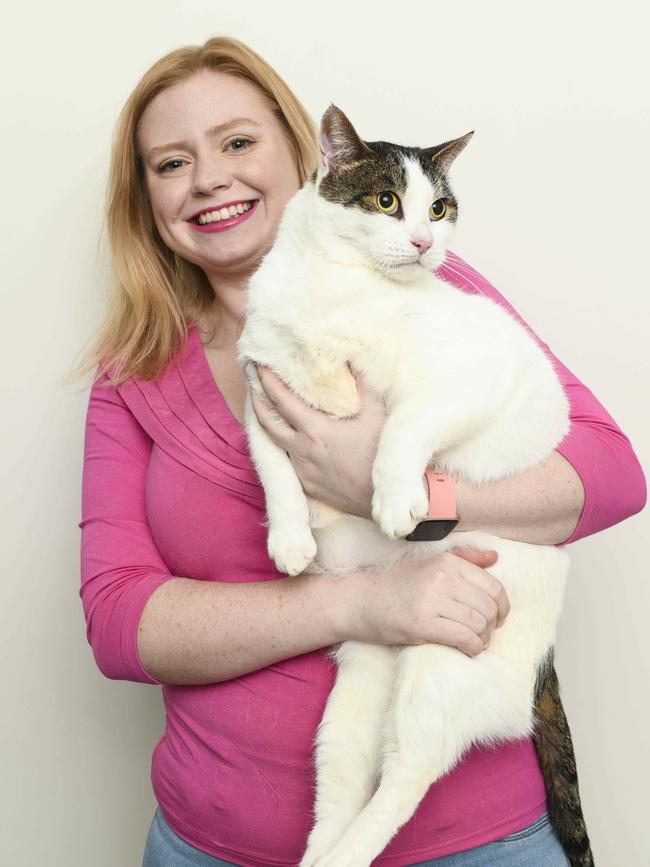
“We noticed that he had started kicking the other cats out of the way to eat their food as well as his own,” she said.
“He’s such a happy cat and he just kept eating.”
Robinson tried not to overfeed her cats and always gave them measured portions. But when Thor continued to eat her other cat’s food, she took stronger precautions — hiding the leftovers straight after dinner and keeping any potential snacks safely hidden away on high shelves.
Robinson says she struggled with understanding what to feed Thor to keep the weight off.
“Cats all have different needs so it’s difficult to figure out what’s best for them,” she says.
Robinson spoke to her vet to find out the best way to help Thor lose weight, and he was put onto the Biggest Loser Challenge.
The workout plan involved vet visits, special meals and a bigger focus on keeping him moving. A big part of the problem was keeping Thor away from Robinson’s other cats so he didn’t have access to the higher calorie meals they ate.
“We just had to keep him from eating everything,” she laughs.
The result of 12 weeks of hard work was that Thor lost more than nine per cent of his body weight.
Robinson encourages other pet owners to train their cats to walk on a leash at a young age to try and boost physical activity.
KRISTEN & SCOUT
WHEN Kristen Mallinson put her five-year-old dog Scout onto the Pet Biggest Loser program, the beagle-cross could hardly move.
Now, after 12 weeks of a strict diet and plenty of exercise, Scout is a different dog entirely.

The pup came second in the Biggest Loser challenge by losing a mammoth 21 per cent of her body weight. Scout was put on a diet of smaller meals made of less fatty foods with regular walks on the treadmill.
“She worked so hard and it feels good that the old Scout is back,” Mallinson says.
“Lots of energy and she is heaps cheeky. It’s like she is a puppy again.”
Scout reached her initial goal of 22kg and her new goal now is to slim down to 18kg.
REBEKAH & MR MARBLES
WHEN her three-year-old cat Mr Marbles got severely ill Rebekah McQuade compensated by sharing her dinner with him.
The 25-year-old noticed something was wrong when her happy cat became lazy and would waddle instead of walk.
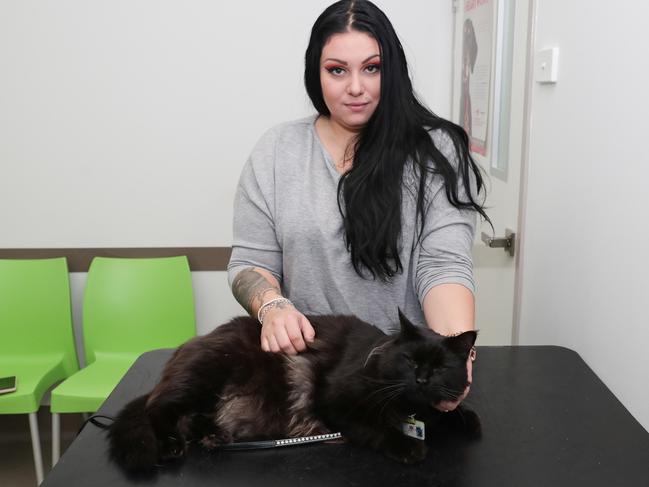
“He’s a very determined cat when it comes to his food. I had to go to the extent of putting child locks on the fridge,” she says.
She also tried to put him onto a chicken diet but to no avail. Mr Marbles was finally put onto the Pet Biggest Loser program and is now in a healthy weight range by loosing almost 9 per cent of his weight.
GETTING FIT SIDE-BY-SIDE
FITNESS conscious Australians can now instil their healthy habits into their dogs.
FitBark is the latest gadgets for pets which allows pets owners to monitor their pup’s movements. It can be clipped onto a dog’s collar and as they move it collects BarkPoints which in turn increases their calorie expenditure for the day.
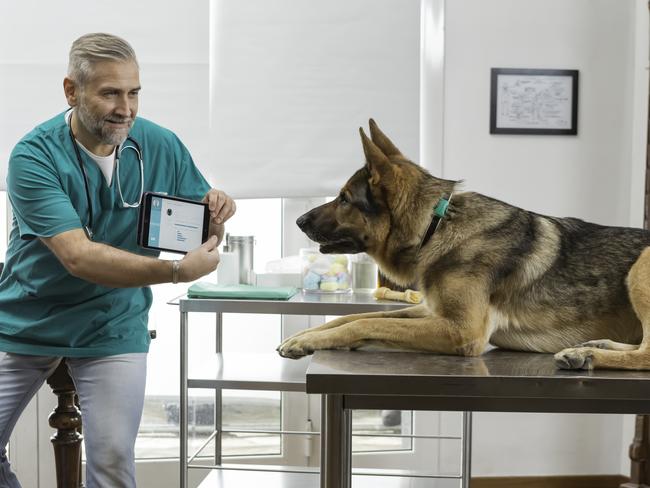
FitBark co-founder and chief executive Davide Rossi says what and how much to feed your pet continues to be an uncertainty for pet owners.
“More than half of us either feed them too much, or don’t exercise them enough,” he said.
And while Rossi advises checking the feeding guide on the package, he acknowledges that it can still be a difficult task. Instead, he says to begin by taking your pet to the vet and getting a body condition score, to get an idea of their ideal weight.
You can then use that to gage how much they need to lose and rely on gadgets like FitBark to get them there.
FitBark can be linked to FitBits, Apple HealthKit, a Google Fit device or your iOS and Android phone to track your steps.
